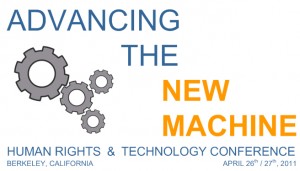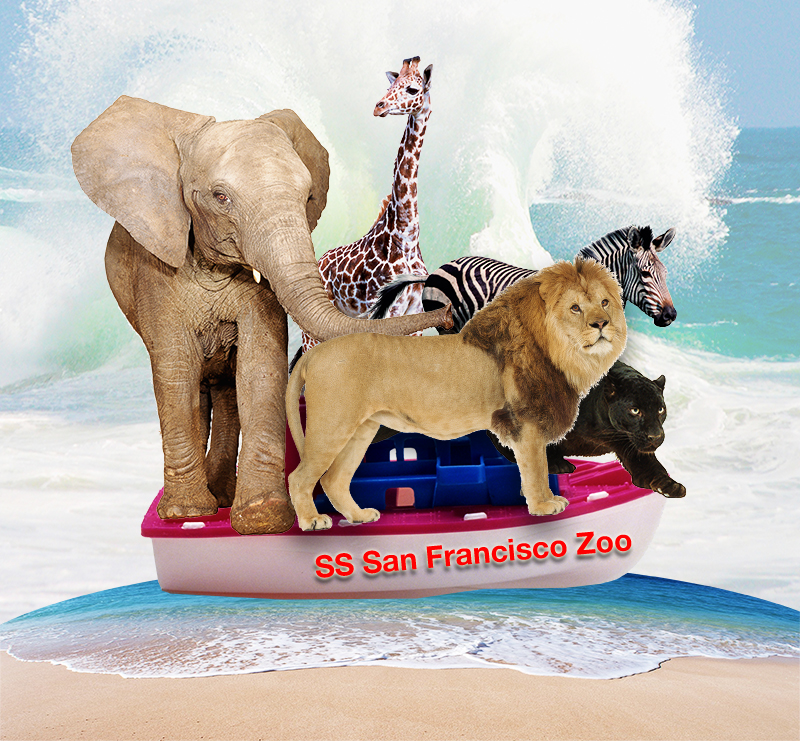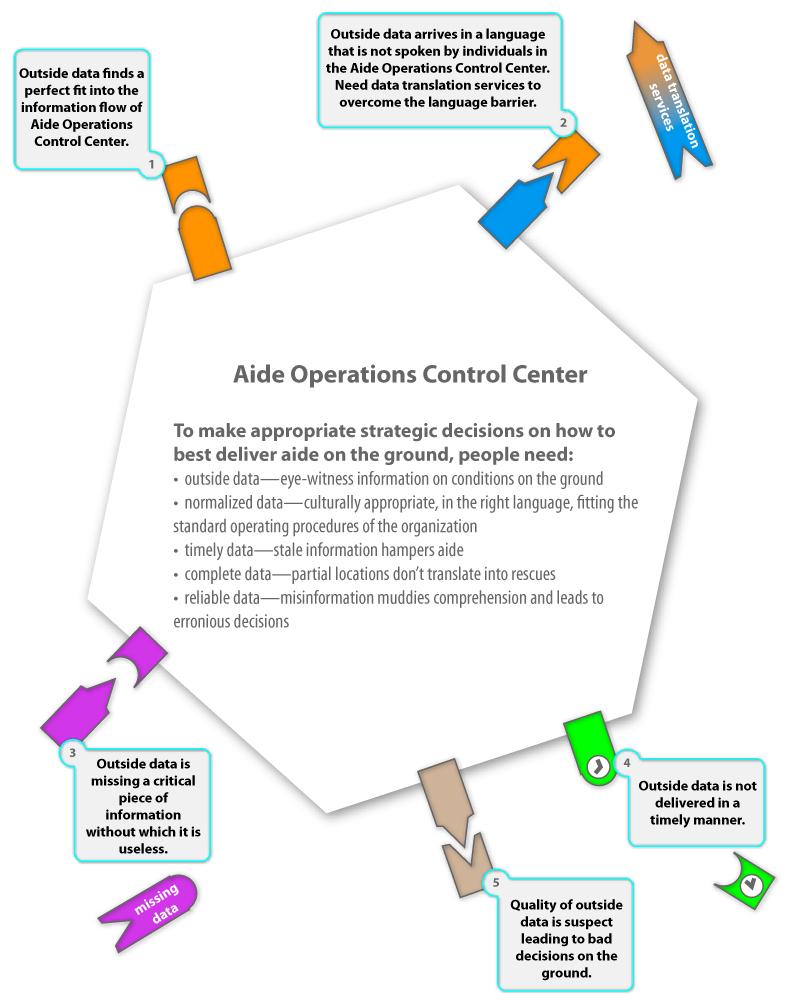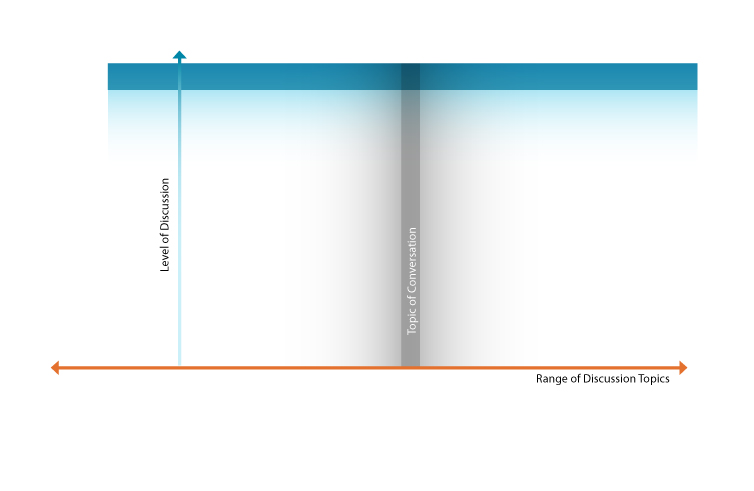Greenpeace communicates its point well: using emotional scaffolding, Greenpeace drives its ideas home on conservation. Read a CNN article here.
Scaffolding
Cognitive Blindness, Conceptual Design, Diagnostic Errors, Errors, Featured, Mirroring Errors, Pipsqueak Articles, Product Design Strategy, Scaffolding
Empathy on the Brain
by Olga Werby •

Empathy is a necessary component of product design. To design and make something that is comfortable to use for someone else, requires the maker of the product to imagine how another human being would feel while using it. This is a hard thing to do. Medical students have to take “bed side manners” classes that explicitly teach empathy for the patient. Some design schools do the same (check out this video in Product Design Resources). Fortunately, humans come equipped with a special region in the brain whose job it is to help us see the world from another’s point of view. Here’s a short introduction by Rebecca Saxe, “How we read each other’s minds.” So when we go to the movies, we relate to the characters and feel what they feel, and cry when they are sad, and laugh when they are happy, and cringe when things get awkward, because we have the Right TPJ (or RTPJ) region in our brain just behind and above our right ear. We aren’t born ready to use this part of our brain, as the experiments described by Dr. Saxe in the video show. It takes a long time for this social problem solving…
Pipsqueak Articles, Product Design Strategy, Scaffolding, Users
Advancing the New Machine UCLA Law Forum Presentation
by Olga Werby •

Today, I presented UCLA Law Forum at the Advancing the New Machine human rights conference in Berkeley. Below is an approximation of my presentation. How many of you have ever used a chair to reach that jar of tomatoes on the top shelf? I do it all the time. I’m the shortest member of my family and I use chairs as my personal hight extension. And I know I’m not alone. People are opportunists. We use products to get what we want. We subvert existing technologies to reach our own goals. From phones to cameras, from crisis mapping to photo editing, from news papers to forums, we manipulate and use tools and features to accomplish what we want, what we need. And we don’t necessarily use those tools for what they were designed for originally… As product designers, we need to be able to harness this opportunistic behavior to accomplish what we want. We want to direct crowds down the path that’s most productive and more aligned with goals of our projects. Two years ago, I came to The Soul of the Machine Conference to learn who are the players and what projects showed promise in using technology to advance…
Group Decision Errors, Pipsqueak Articles, Product Design Strategy, Scaffolding
Entropy & Design
by Olga Werby •

Entropy is the measure of a system’s disorder and it increases with time (as dictated by the Second Law of Thermodynamics). Once the egg is cracked open, it’s impossible to make whole again: “Humpy Dumpy sat on the wall, Humpy Dumpy had a great fall; all the king’s horses and all the king’s men couldn’t put Humpy Dumpy together again!” We are taught the second law of thermodynamics from a very early age! So what about design? Surly, we steadily progress to a better and finer product, right? Unfortunately, in my experience, the steady progress is rarely the case when dealing with big company, large products, or long time frames. Big, large, and long spell out entropy in design. Let me walk you through it. We Need A New Product! It all starts with a call: “MegaCorp needs a new product!” Well, the words are sometimes different, but it is all the same—there’s change in the air. With luck, this means that various departments of the MegaCorp Inc. scramble to do some market and internal research to come up with some ideas: What does the market need? What resources do we have? What can we develop? (given time, people, budget,…
Background Knowledge Errors, Cultural Bias, Group Decision Errors, Mental Model Traps, Misapplication of Problem Solving Strategies, Pipsqueak Articles, Product Design Strategy, Scaffolding
Knowledge, Context, & Expectation
by Olga Werby •

These are three necessary components of any product design: Knowledge: the background information that forms the foundation of product design Context: the ecosystem in which the product will be used Expectation: the alignment of goals between product creators and the users for which it was designed A failure to fully understand any of the above variables results in errors that propagate throughout the product system. But what if the product is disaster preparedness? Consider the design of an evacuation plan ahead of a disaster. You would need to understand the what kinds of damage the disaster is capable of wrecking; the probabilities for each outcome; the people and the ecosystem in which the disaster will occur; and expectations of all the participants in the evacuation plans. Tsunami and The Zoo A few years ago, I was teaching a fifth grade science class where we were discussing the possible damage from a tsunami in San Francisco (we just visited the Bay Model). The problem I posed to the students was to design a reasonable evacuation plan for The San Francisco Zoo animals. The Zoo lies on the tsunami flood plane, and as far as we knew there was no plan for…
Conceptual Design, Pipsqueak Articles, Product Design Strategy, Scaffolding
Information Scaffolding
by Olga Werby •

Here’s another way of thinking about crisis mapping as an ecosystem or a cell with a membrane allowing certain information to enter while keeping other out. Some data has data “receptors” in the organization and thus “gets in”. But some information doesn’t and some just doesn’t have the right format: wrong language, incomplete information, time delay, low quality, etc. Please let me know your thoughts on the communicative value of this illustration. Thank you! And here’s how Ushahidi can help.
Background Knowledge, Conceptual Design, Flow, Interaction Design, Interface Design, Pipsqueak Articles, Product Design Strategy, Scaffolding, Users, ZPD
Remarkable Design
by Olga Werby •

How does one design a remarkable product? “Well, it depends on a product,” some would say. But couldn’t we say something general? Why do we feel passionate about some products but not others? Consider conversations: some are fun, some are boring; some engage lots of people, some not so much; some result is heated exchanges, some are more neutral. Note that you can be very passionate about a topic, but don’t consider it fun: rape, genocide. Politics engages lots of people, but the details leave most bored. Some conversations generate sustained interest, and some fizzle out without a remark. What’s required for a conversation to be remarkable? That depends on the audience. To be engaged in a discussion, you have to find the topic interesting to you. And what’s interesting to you, might not be to me. Thus the topic of conversation is a variable of the targeted audience. Even if you find the topic amusing, you might not have the time to participate in the conversation. “I would love to talk to you about quantum space time, but the plane leaves in 5 minutes.” And it is so noisy on the plane that you can only hear every other…
